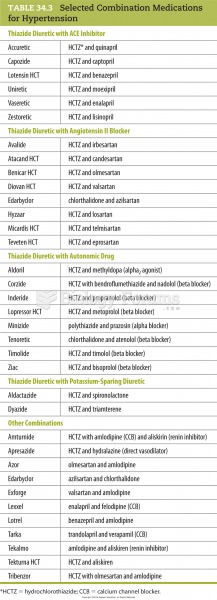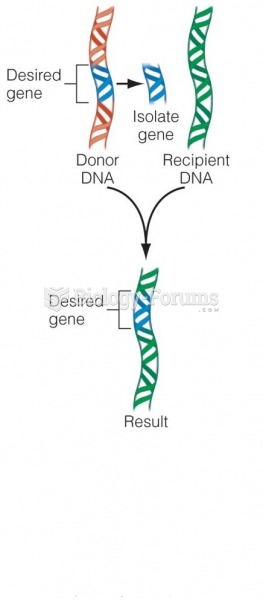|
|
|
By definition, when a medication is administered intravenously, its bioavailability is 100%.
It is difficult to obtain enough calcium without consuming milk or other dairy foods.
Children with strabismus (crossed eyes) can be treated. They are not able to outgrow this condition on their own, but with help, it can be more easily corrected at a younger age. It is important for infants to have eye examinations as early as possible in their development and then another at age 2 years.
Disorders that may affect pharmacodynamics include genetic mutations, malnutrition, thyrotoxicosis, myasthenia gravis, Parkinson's disease, and certain forms of insulin-resistant diabetes mellitus.
There are over 65,000 known species of protozoa. About 10,000 species are parasitic.







